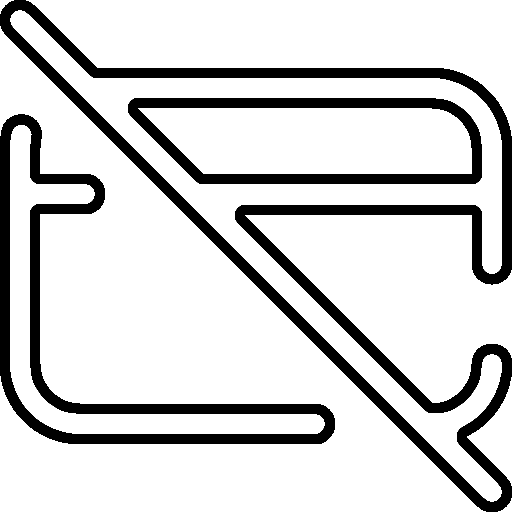
An overdraft is a facility arrangement under which a bank extends credit up to a maximum amount (called overdraft limit) against which a current account customer can write cheques or make withdrawals to cover short term cash flow needs.
When is it used?
If you don’t need to borrow for a specific purpose but you need to finance your day to day expenses, an overdraft facility might be the solution you are looking for. Keep in mind however that if you go overdrawn without your bank’s authorization, the charges are likely to be high. Your bank may also refuse to honour cheques you write or refuse to pay standing orders and charge fees for each refused transaction. It may also charge additional administration fees.
What is the difference between an overdraft loan and a personal loan?
Unlike a personal loan, in an overdraft arrangement the borrower will not have to make fixed monthly repayments. An overdraft is a type of revolving facility where money is available for re-borrowing, and interest is charged only on the daily overdraft balance. The repayment on the overdraft balance is flexible as after all the amount utilised needs to be paid back. It is, however, a demand facility as well – the facility can be cancelled at any time by the lender at its discretion (often referred to as ‘called’), without any warning notice or explanation and hence the balance will have to be repaid back at once.
Overdrafts are subject to Bank reviews on a regular basis for which updated documentation may be requested by the Bank. Upon these renewal reviews, you are charged a renewal fee.
Independently of the type of credit you decide to apply for, make sure that you ask this question to yourself first: ‘Can I afford it?’ It is important to consider your earnings and other expenses before you commit yourself to a loan.

